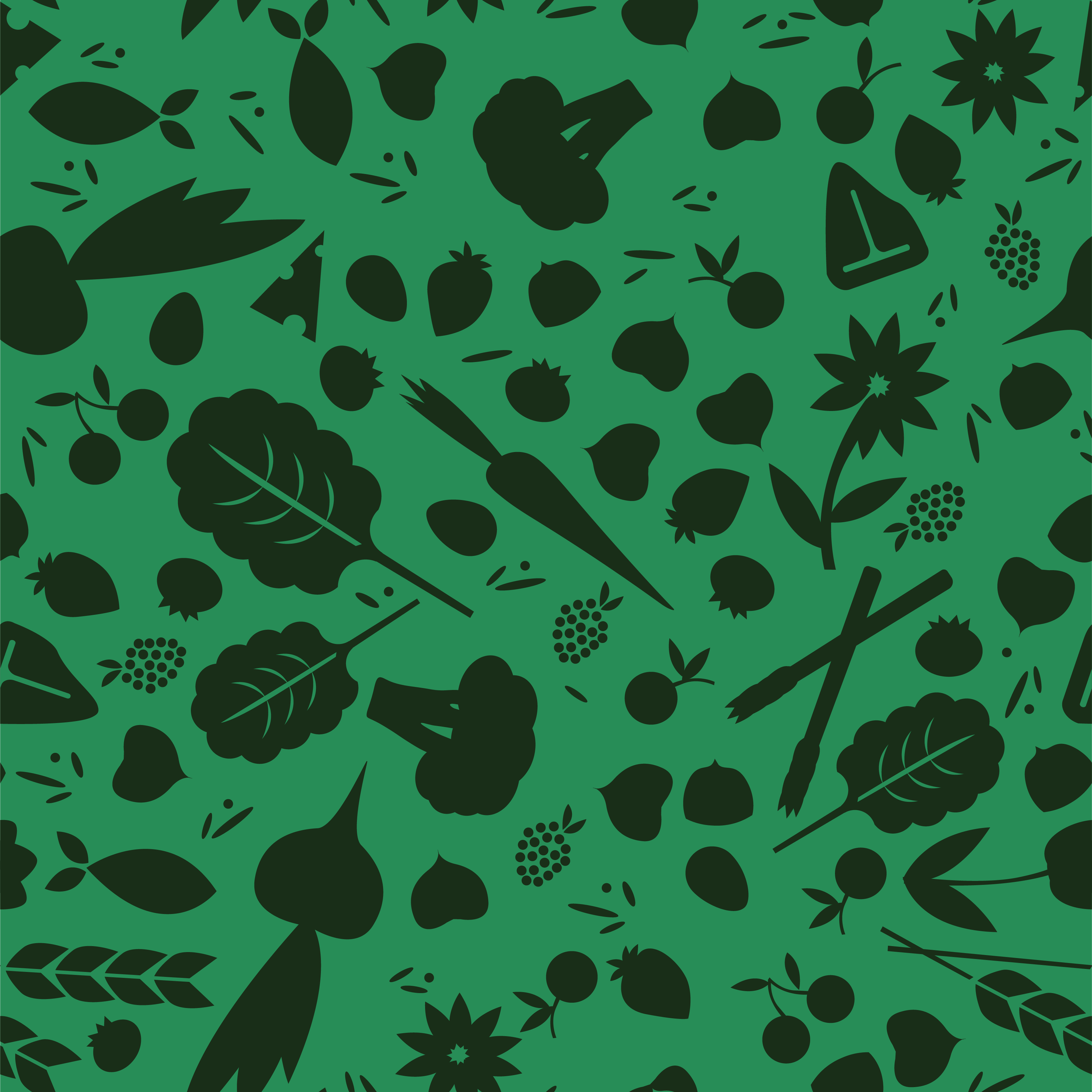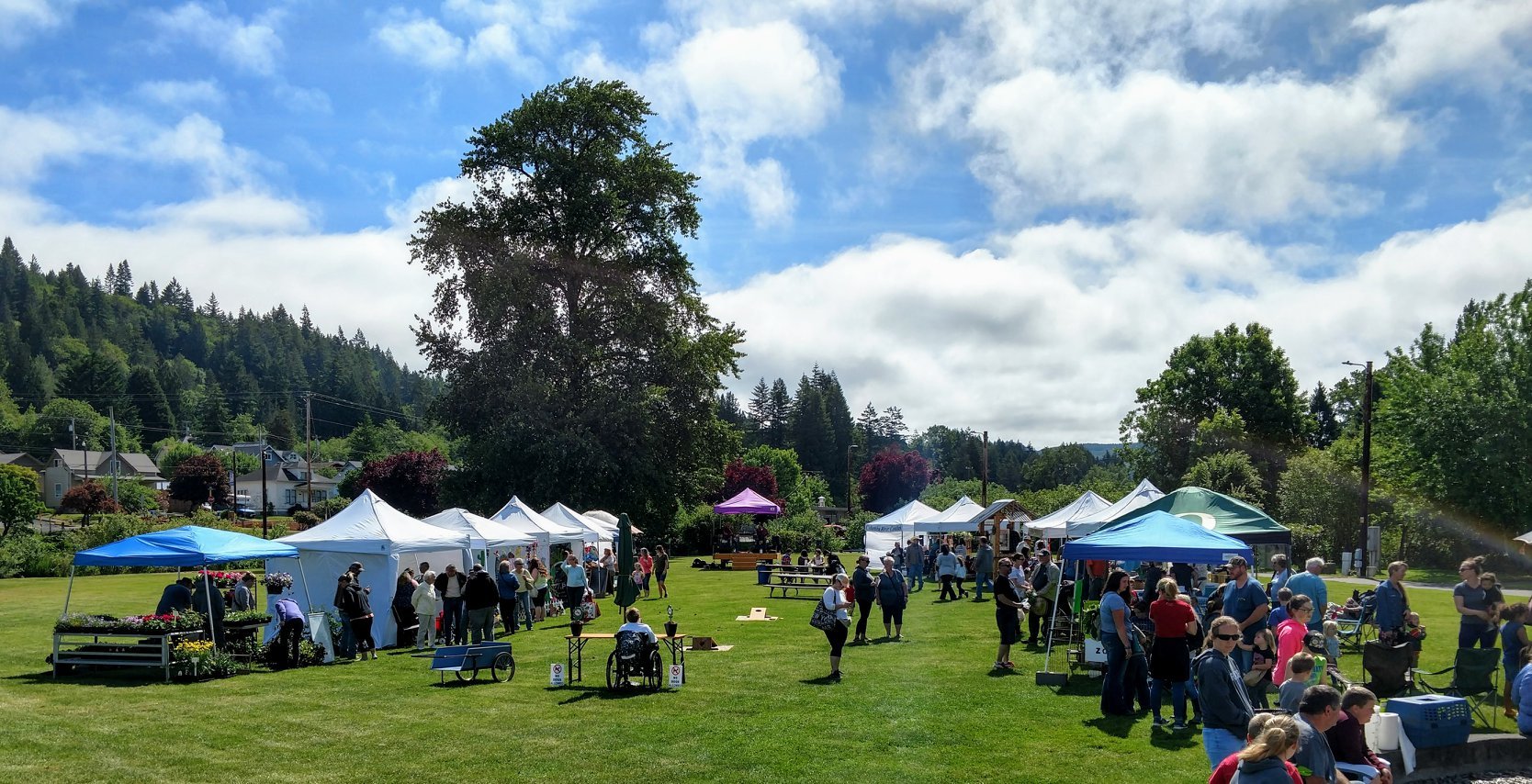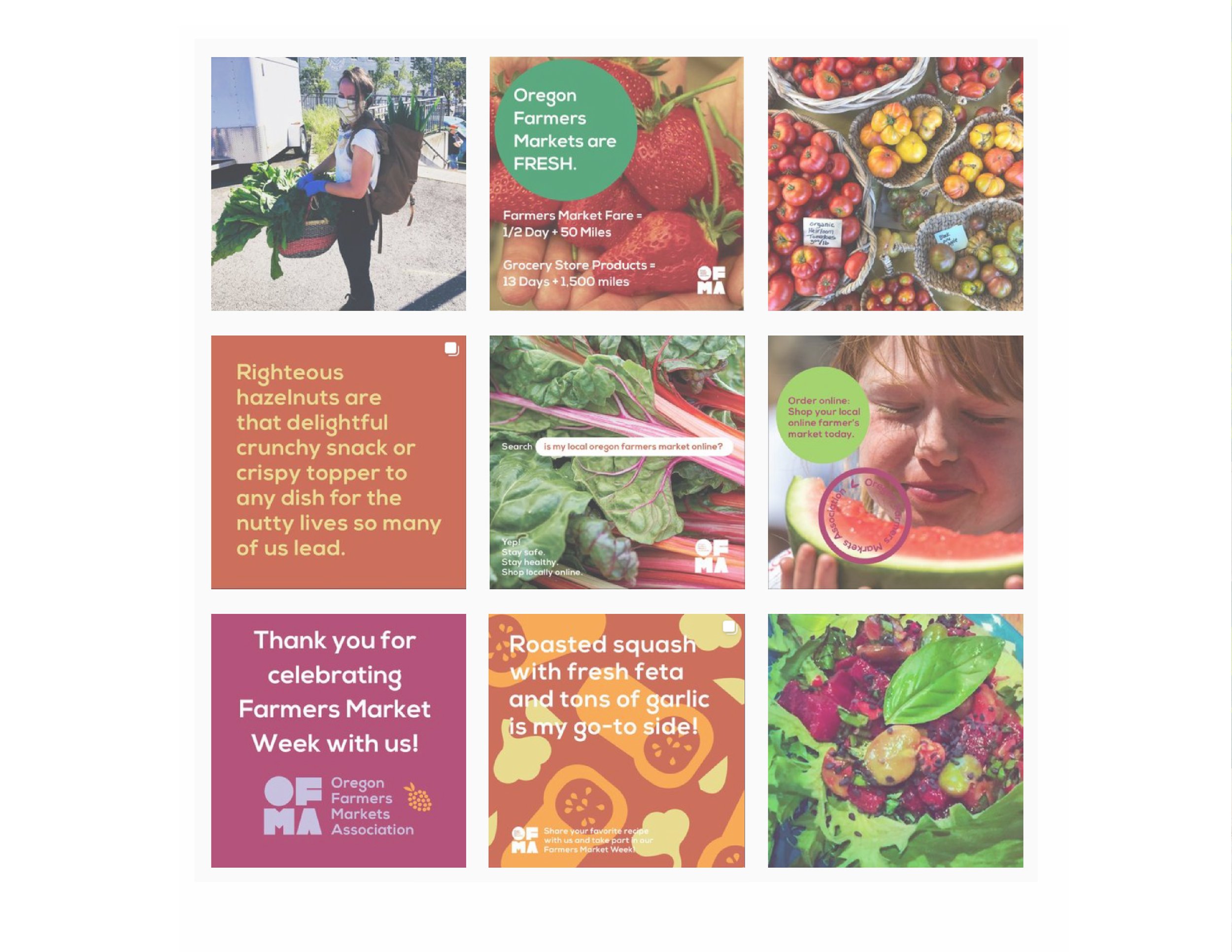
The OFMA Resource Library
Brand & Marketing Toolkit
Brand Strategy & Development
A well-crafted brand will inspire and evolve alongside your market as it grows. It will support you in creating a strong, authentic relationship with the customers and people you serve. No matter what happens to your market — whether key people come and go, changes happen in your community, or something more — a well-crafted brand will help you stay true to your core values. How do we create a well-crafted brand? That's where brand development and strategy comes in.
This Chapter Includes:
What is brand strategy and development?
Case Study: OFMA
Hands-on Exercise: Selecting Colors, Typography & Materials
Tools & Resources
Frequently Asked Questions (FAQ)
Tips, Tricks, Definitions:
What is brand strategy and development?
Brand development is a process that helps you collaborate to bring out the why, or deeper purpose, of what you’re doing and to actualize it in the real world as something that can be seen, heard, and experienced.
A brand strategy brings your brand to life; it’s about setting intentions with your vendors, volunteers, team mates, and others to bring your market brand to your customers and community.
Tip: Time spent on developing a brand will have long-term impact.
When we're stuck in the day-to-day of trying to make our markets run well, it's easy to skip over brand development and jump right into focusing on operating our business. A brand is the foundation of your business. Making sure our market runs smoothly is the how of what we're trying to accomplish, and developing our brand is the why. Creating a connection to the why — a deeper meaning and purpose — is the key to keeping people engaged for the long term, whether they are a repeat customer or a long-term vendor, volunteer, or staff member.
Case Study:
Oregon Farmer’s Market Association (OFMA)
The Oregon Farmers Markets Association updated our branding in 2019 to better represent and serve our diverse markets across Oregon. We created a branding committee to establish our goals, and then worked with a professional team to survey all our members and bring the brand to life visually. Our brand is rooted in respect and love for all the diverse agriculture of Oregon and all the people behind our markets. It centers a sense of joy that we all collectively feel from food grown from this land. Our brand has a robust color system and playful illustration system, inspired by all the colors and agriculture of Oregon. Strategically, we make sure to always use the same colors, typography, and illustrations across all of our communication channels, from digital, to print, to all the in-market swag we create, so folks recognize us and trust us and always feel like they are having fun along the way!
Co-Branding: How to Navigate Brand Relationships
How do I navigate: (1) creating a brand for my farmer’s market,
(2) integrating vendor brands, and
(3) including the OFMA brand?
It’s tricky to layer brands and navigate how those brand relationships interact with one another. To help you wrap your head around the relationship, begin by breaking down the most important brands that make your market work.
Your break down may look like this: Our market is a member of OFMA, a statewide association, and our market hosts a group of many different vendors. So therefore, Our market brand is as a member of the OFMA brand, and our market hosts a collective of many different vendor brands.
Your market is your primary brand. That logo/branding should be used on your letterhead and business cards, on your social media profiles and website, and on your primary market signage.
Think of the OFMA brand as a seal of certification. The OFMA circle logo or “proud member of” graphic is great to use alongside your market logo, and is ideally smaller (if your logo takes up 100%, the OFMA logo should be 10-20% alongside it).
Your vendor brands make up your market community, but your market remains the primary brand. If your Market logo/branding is presented alongside vendor logos/brands, your market logo should be bigger, and the vendor logos can be 50% or smaller, and show as a collective of your market brand. On social media, for example, your market is featured in your main profile picture, and your vendors can be promoted and amplified in posts!
Protip: You don’t really want to use the word “Brand” when you are communicating to your community or the public, this is an internal word that helps you strategize and define; and it’s definitely helpful when navigating brand relationships!
Getting Started:
Tools & Resources
Visioning
Identify your strengths and key assets, values, and personality with this visioning exercise best completed with a team.
Style Guide
This example Content Style Guide from Mailchimp goes the extra mile to define how company leaders and ambassadors write and speak to their audiences.
Vendor Support
This free guide from PennState Extension was created with farmers in mind. Pass it on to farm businesses to support them in building their brands.

Hands-on Exercise:
Brand Colors, Typography, & Materials
In the Brand and Marketing 101 chapter, we walked through a Hands-on Exercise that got your team rooted in your market’s values and assets.
In this exercise adapted from a Studio MESH and OFMA workshop, we’re going to focus on the parts of our brand that we can see and touch. Sometimes words can’t express - let’s jump into creating a visual language that works for your market.
FAQ
Find answers to frequently asked questions about brand strategy and development for farmers markets below!
-
Having a subject matter expert working alongside you to develop your brand is very helpful. It takes the pressure off of you and your team and puts in into the hands of someone who has training in this area, so you can get back to the business of running your market. However, if you don’t have funding to hire a professional, working collaboratively with your team and using the exercises found in this toolkit to guide you, you can still do the important work of branding. Bonus: your team will be hyper-engaged because they built the brand themselves!
-
See Cobranding: Navigation Brand Relationships section above for the answer to this question.
-
See Cobranding: Navigation Brand Relationships section above for the answer to this question.
Explore the Toolkit
-

Brand & Marketing 101
-

Owned, Earned, & Paid Media
-

Print: Signage & Environmental Graphics
-

Digital: Managing Your Online Presence





